Lahore is the capital of Punjab state. Home to 11m people it’s Pakistan’s second largest city and its cultural hub.
It’s a vibrant place full of chaos and contrast, with squalor and splendour, wide green boulevards and chaotic small streets. The locals have a saying “If you haven’t seen Lahore you haven’t been born yet.”
Legend has it that Prince Loh, son of the Hindu Lord Rama set up camp on the banks of the River Ravi and gave his name to the settlement. Historians estimate Lahore dates back at least 4,000 years. The Mughals made it an important city, but much of its beautiful architecture came at the end of the Mughal period.
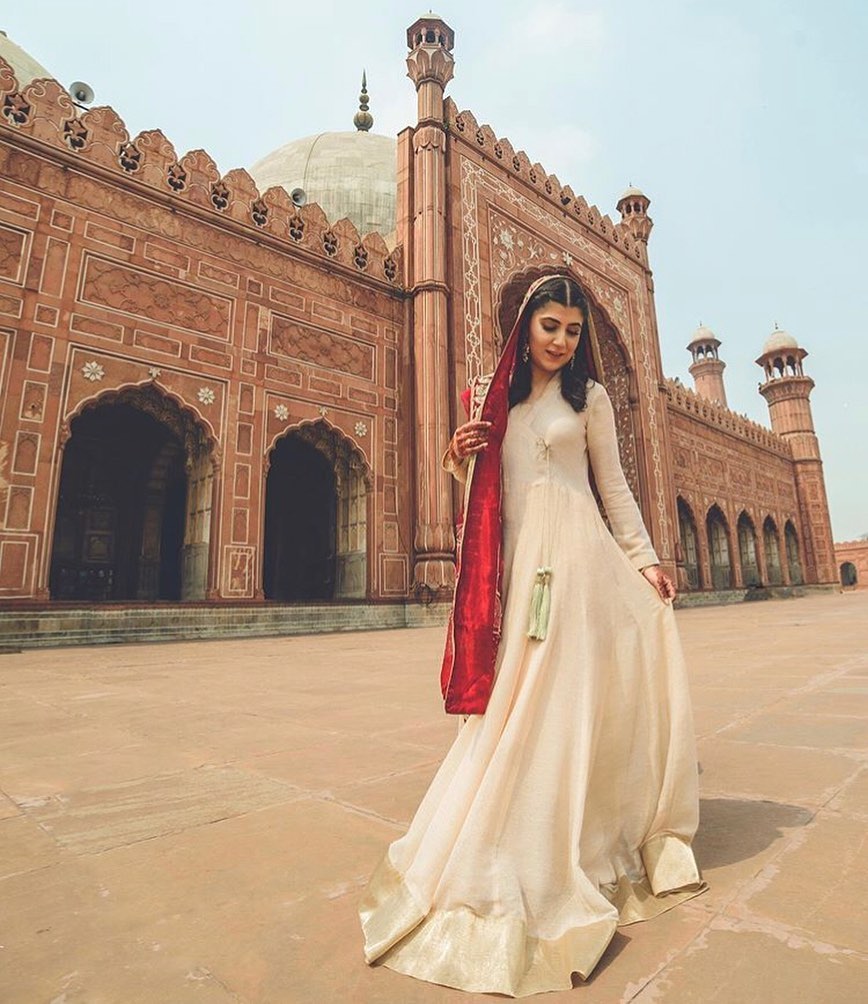
Since independence, Lahore has seen communal disturbances and has suffered a spate of bombings, the most recent being in February 2017, but it continues to be Pakistan’s most glorious city.
With Pakistan’s general election only a couple of days earlier and the losers (who were in power) wanting a recount we had grilled our border pick up on the general mood and whether there is anywhere we shouldn’t go. We were told there had been big celebrations every night as the vast majority of people support Imran Khan, and the recount was expected as Khan had said pre-election that if there is any dispute over the results they would simply recount. This was reaffirmed when we checked into our hotel and Khan came on the TV, the 3 guys behind reception started cheering.
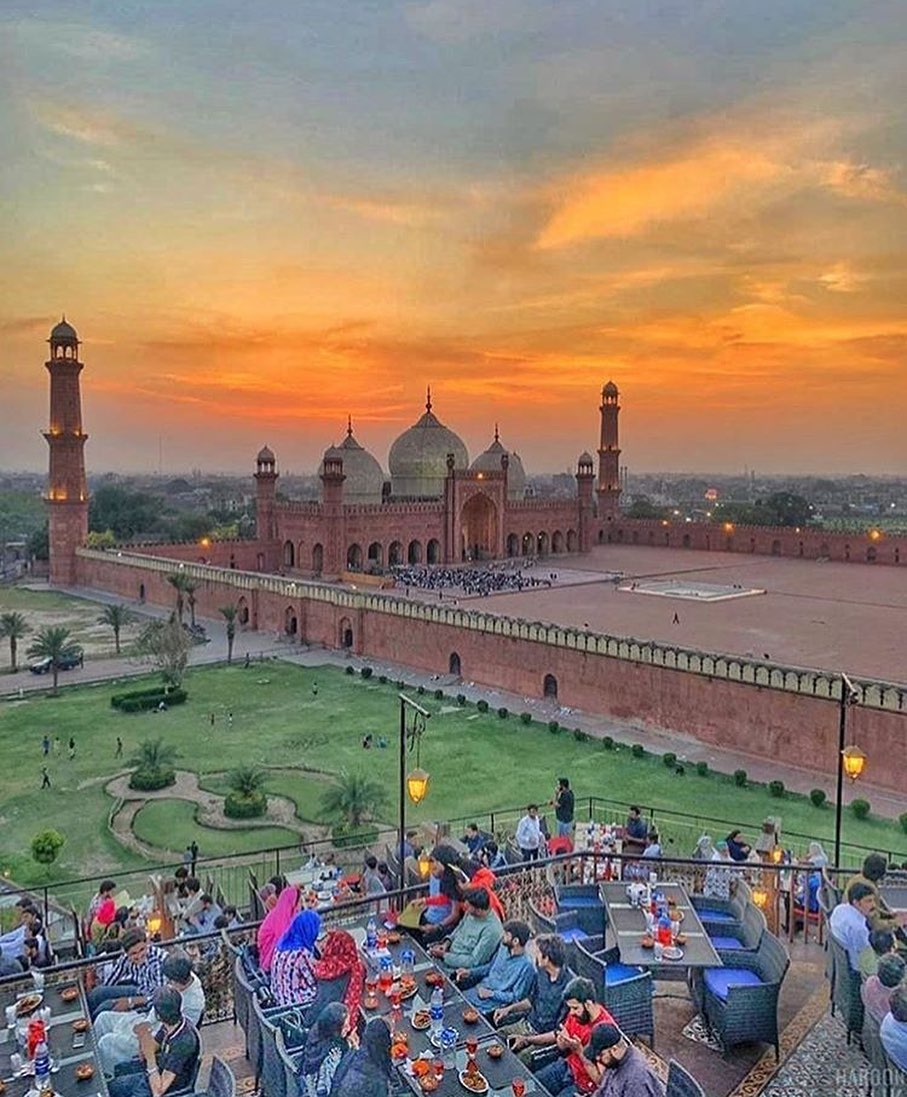
After a quick freshen up our first task was to try and get a SIM card. You can buy them everywhere on the streets, unless you are a foreigner. Then you can only buy them at one of the provider’s main offices in Lahore or Islamabad. A Saturday afternoon we knew they’d be closed on Sunday and google says the one we’d researched as being rumoured to get better reception in the mountains closed in a couple of hours.
It was stinking hot and sweaty but it is always good to get the practicalities done. The street our hotel was on looked like a proper dusty Pakistan street and being near a market area had a number of useful shops. We walked a couple of hundred metres to the junction of a busier road and found a couple of auto-rickshaws.
They speak Punjabi in Lahore so Emma’s bit of Urdu wasn’t useful and they spoke no English. It took a while to work out where we wanted to go but numbers are the same so negotiating the fare at least was easy.
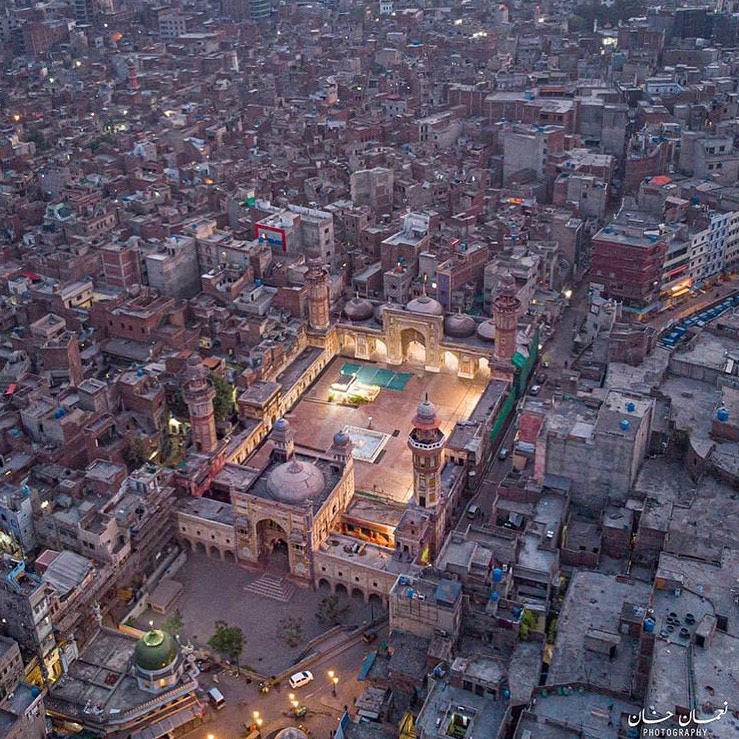
We were soon whizzing through the streets. It didn’t take us long realise that the biggest risk in Pakistan is probably being on the road. They drive like maniacs and on the big roads they have space to weave while they speed. Arriving at your destination is clearly a case of inshallah. We also discovered that Pakistani auto-rickshaws have no suspension.
The place we were heading took our auto-rickshaw driver some finding, and when we did, we found google lied and it was already closed. We’d have to wait until Monday to try again.
We needed food so when we got back we headed to the roadside stall opposite the hotel. We got a couple of lentil patties and some raita (minted yoghurt). The man refused to accept any payment. We crossed and then went to a juice stall and ordered 2 mango juices. 2 other customers bought them for us because we are guests in their country. Pakistan hospitality is obviously not a myth.
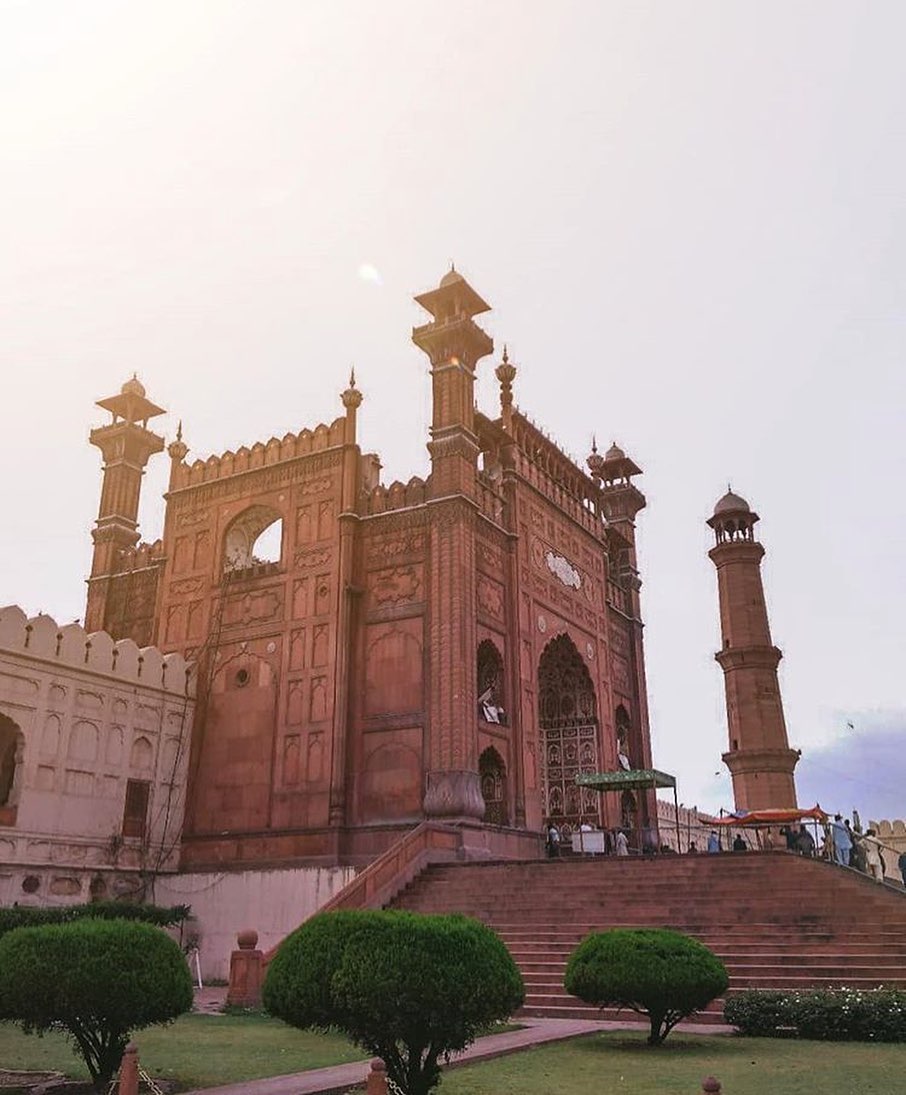
We cooled down in our hotel room for a while. Tired and knowing how hard going the weather was we didn’t really want to venture out but the desire to not waste time was greater.
We headed Data Darbar, a big shrine complex for 11th Century Sufi saint Abul Hassan Ali Hajvery. It is located in Lahore’s old walled city, a crazy place crowded with people, bazaars, vendors, all manner of transport. It is also in a poorer area.
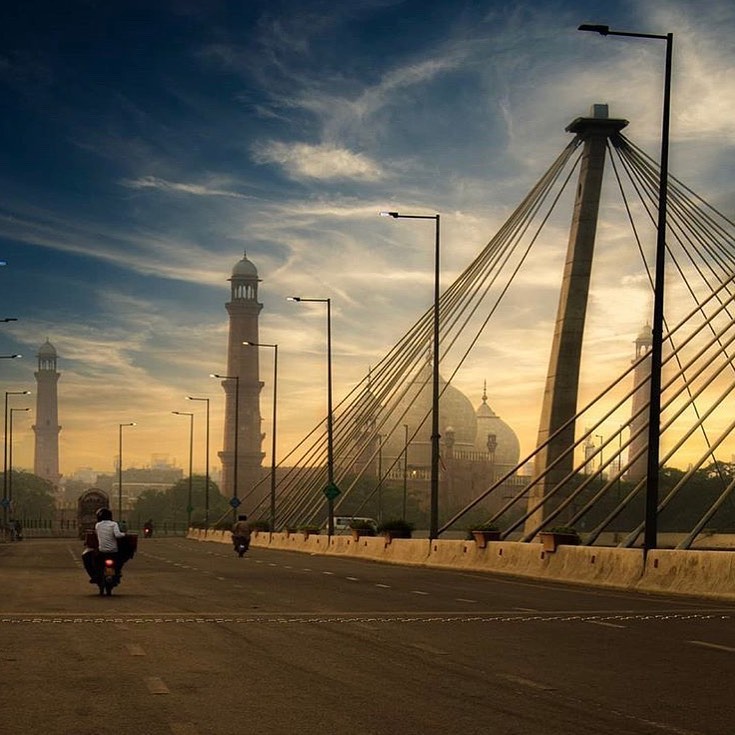
We’d read that foreigners stand out, and to try to be more discreet/culturally sensitive in this more conservative area.
When we bailed off our auto-rickshaw into complete madness at the front of the shrine a few hundred eyes swivelled to look at us (at least that’s what it felt like). It was one of those situations where your first thought is ‘oh shit what have we landed ourselves in?’ and the second is a quick assessment of whether there is a genuine risk or if the feeling is actually one of discomfort/overload. Our fast decision was that it was the latter so we put our Indian confident as F**k attitude on and headed in.
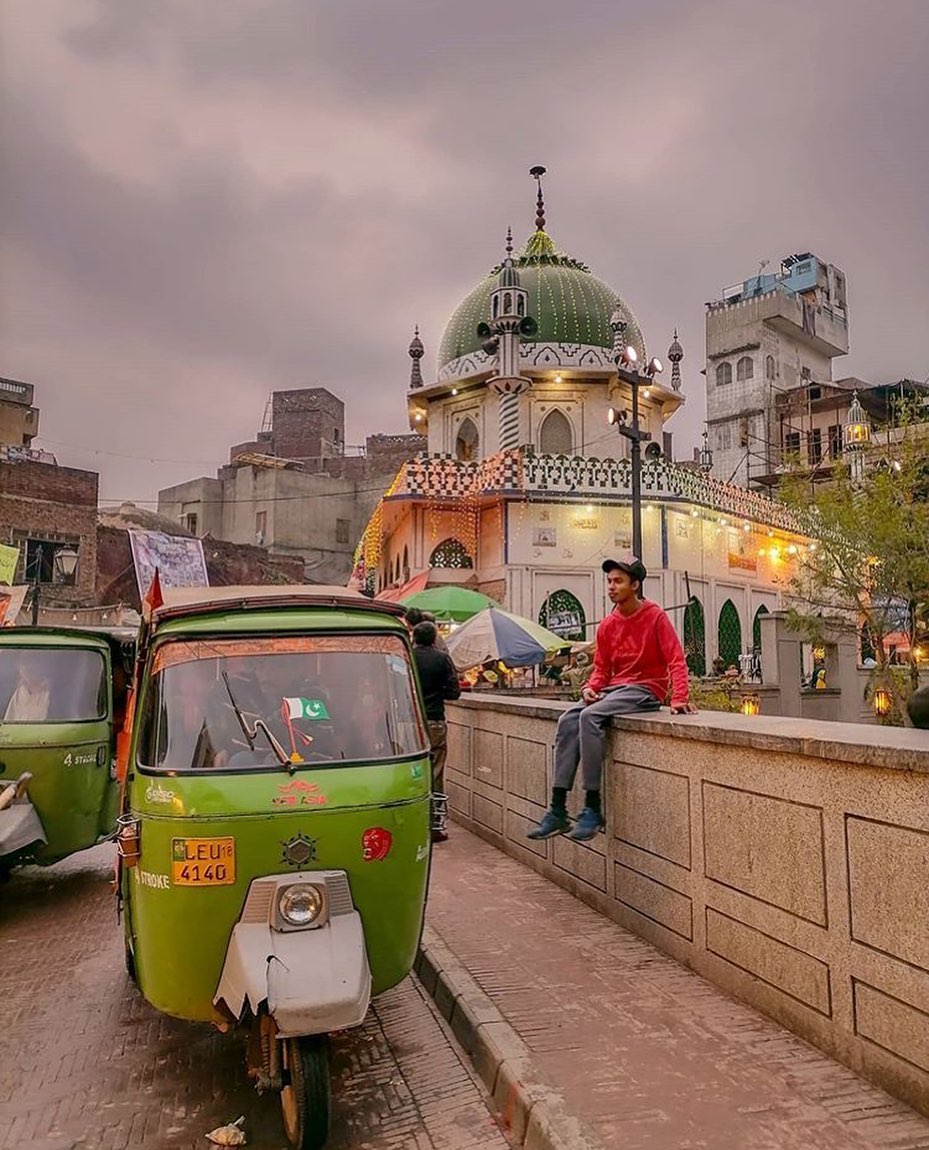
There are a couple of layers of security, though we only got the most cursory glance, some Muslims see the practices of Sufism as being deviant, and a bombing there in 2010 killed over 50 people, so for everyone else the check are quite rigorous.
We’d been adopted before we got to the second bag check by a few women. They chatted to us in broken English as they led us down to the marble tomb and guided us through the queue. As we reached the hole at the front they gave us one of their bags of flower petals to throw in, which we duly did. Before we stepped back to let the next people come up one of them spoke to the temple guard who signalled us forward so we could peer up and see the decorative roof. Our new friends told us ‘now we pray’ they were probably quite confused when we did a bunk at that point.
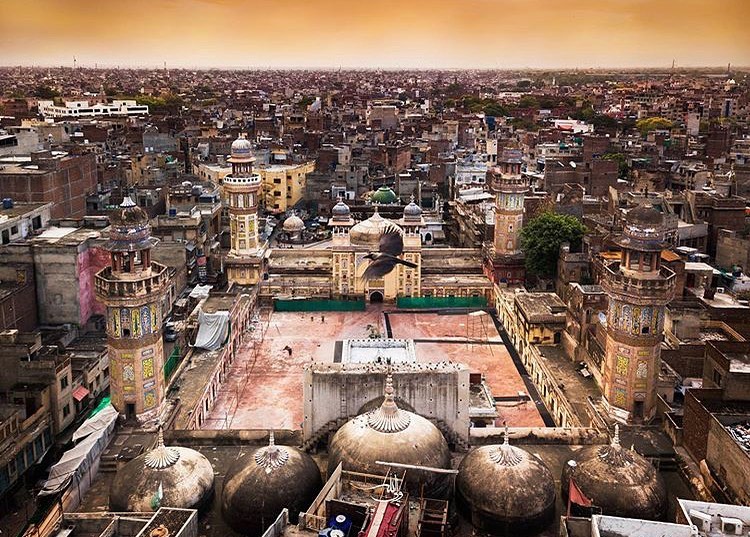
On the way out we were stopped by a number of groups of women who wanted to shake our hands, talk to us and have selfies taken.
The guys manning the shoe racks refused to take our payment. Then a women shoved into our hands a tub of hot kheer (rice pudding) despite our protests. Our plan was just to leave confidently and walk away on the road outside and find an auto-rickshaw. We’d gone less than 50m when one touted us and were soon whizzing through the chaotic streets back to our hotel in the twilight (about 7pm).
The whole experience was intense. We were knackered.
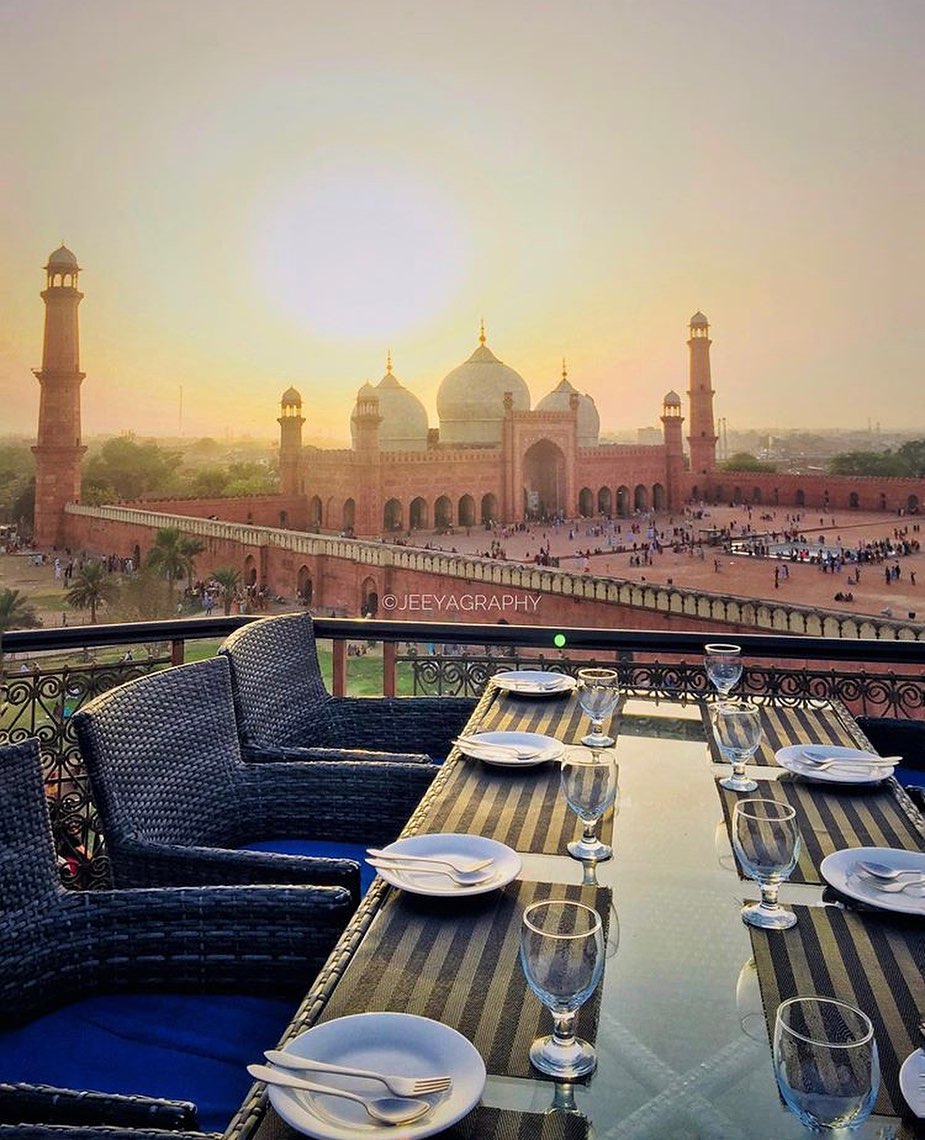
Our hotel was doing a weird thing with rooms, we’d been put in a better one than we’d paid for apparently for an hour or 2. We checked when we got back what room we were in and were told we’d be staying for both nights in the nicer one. They then tried to get us to move the next day when other potential guests were arriving and wanting to see their rooms, as of course we were only paying half the price they charge for the room so they suddenly wanted it back. We declined, we didn’t want the hassle of packing our stuff up. We were surprised that this room (which was very blingy) didn’t have a sheet. Seems they expect you to sleep on the fitted sheet even though there is a fan and air con. We haven’t encountered that since we stayed in love hotels in Colombia (they’re cheap and safe having a 24 hr reception usually ran by a madam) in those you get a fitted sheet and one pillow.
The next day started with a light shower. It was the first actual spots of rain we’ve seen, but by the time we got out it had basically stopped.
Given it’s monsoon season and we knew just a couple of days before it had rained heavily for a few days in both Amritsar and Lahore (evidenced by flooded streets) we felt we’d been lucky. It cooled it down to a really nice temperature too.
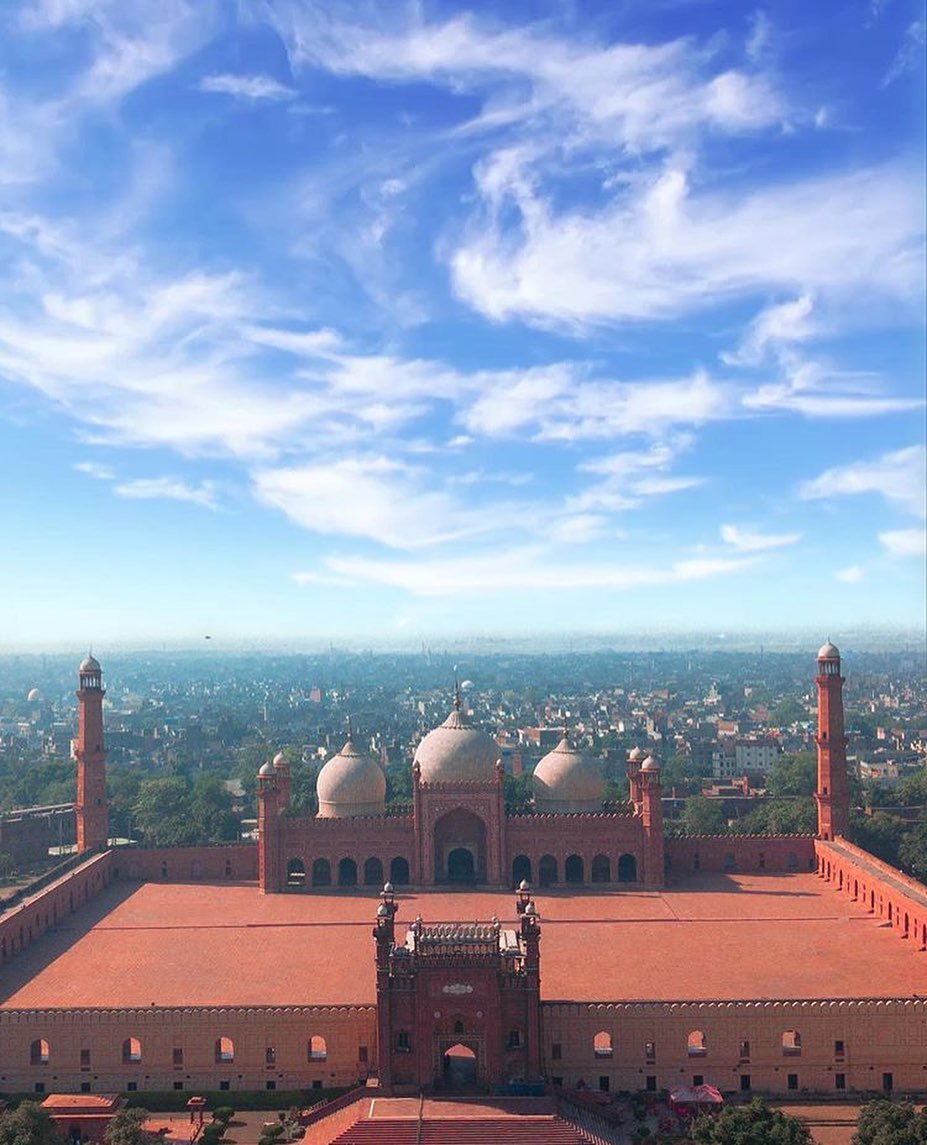
We headed back to the old city. The auto-rickshaw dropped us at a park entrance so we could walk to Lahore Fort. A UNESCO World Heritage site, built by Mughal emperor Akbar in 1566 it was damaged, rebuilt, restored and then added to by subsequent Mughal, Sikh and British rulers. It’s believed that the site conceals some of Lahore’s most ancient remains. While comparable to other great Mughal forts in India it is not elaborate and has something of an abandoned feel.
With so many different aspects to the fort we hired a guide. We declined the official one that approached us first and went with the unofficial for half the price (500 rupees, NZ$6)
Next we visited the adjacent Badshahi Masjid (Mosque), Lahore’s signature landmark. Completed in 1671 under the Mughal Emperor Aurangzeb it has beautiful cream marble domes and carved red sandstone inlaid with marble. The four 53m high minarets guard the courtyard, the largest mosque courtyard in the world (capacity 100,000). In the centre is the Tomb of Allama Mohammed Iqbal, a philosopher poet who in the 1930’s first postulated the idea of an independent Pakistan. The whole building sits atop a platform, designed to save the mosque in case of flooding.
We were lucky that the rooms above the entrance gate that house various relics from the Prophet Mohammed were open for free when we visited. The caretaker on one side on seeing we were foreigners gestured for us to step aside and then unlocked the balcony doors so we could photograph the mosque, he then repeated the exercise for the other side so we could photo the fort.
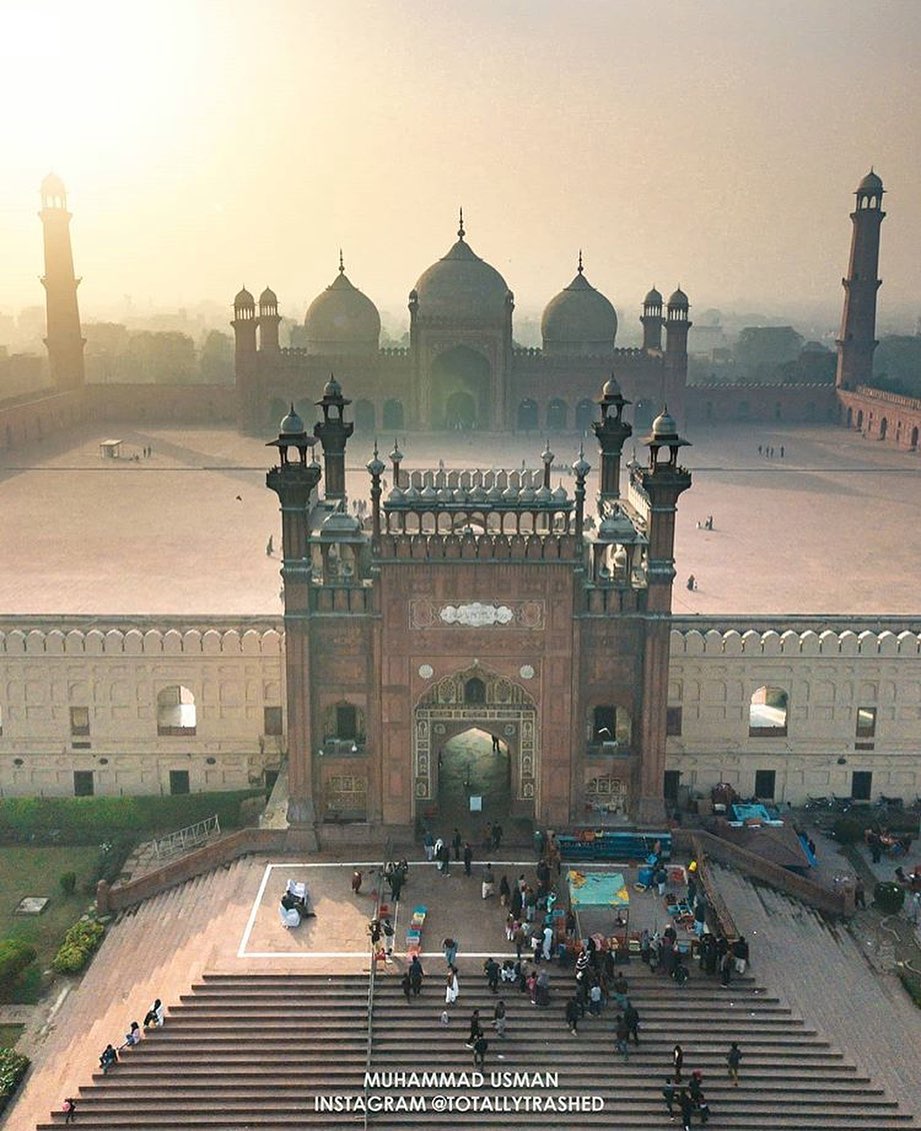
As we headed back to the hotel we passed a few heavily fortified buildings. There is a strong security presence but mainly it is just woven into the city and hardly noticeable. The mini-supermarket next to our hotel has an armed security guard, and we barely noticed when we had returned at twilight the night before that our hotel has one at night too. It sounds disconcerting but the reality is it is simply a bloke, often old, in a rag tag uniform that sits on a chair with a gun slung across his lap.
After a much needed cool off and a freshen up we headed out to the infamous Wagah Border closing ceremony. A spectacle like no other, it’s worthy of its own post.

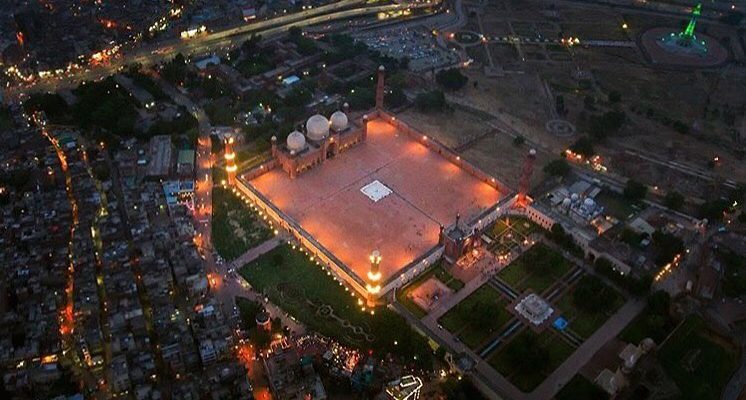
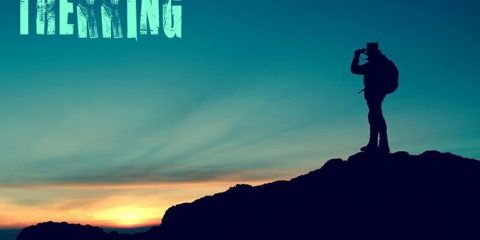



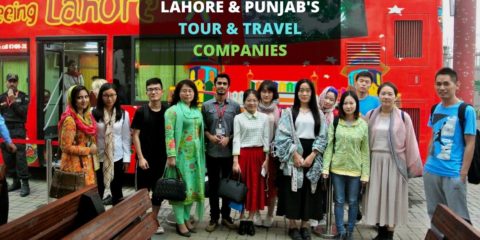



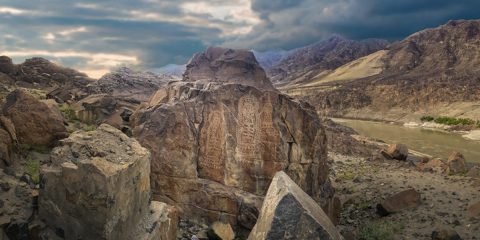



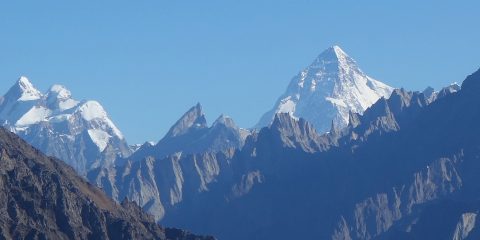



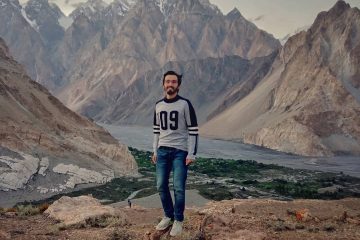
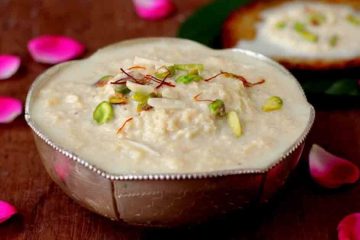






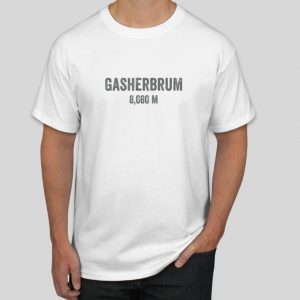

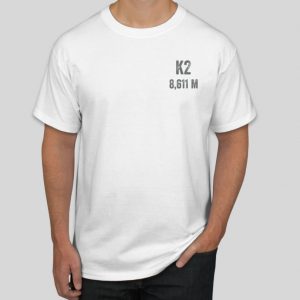
Leave a Reply